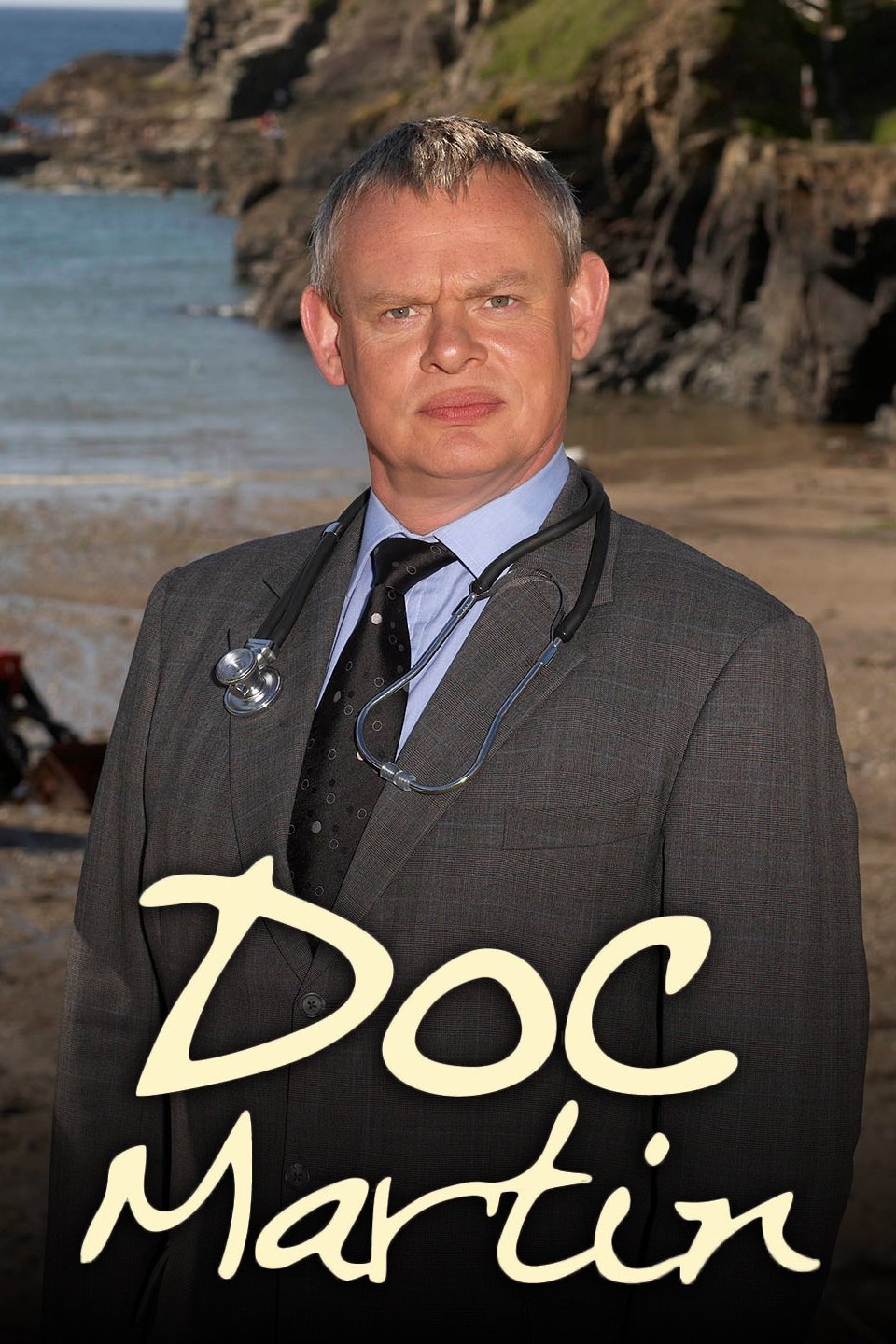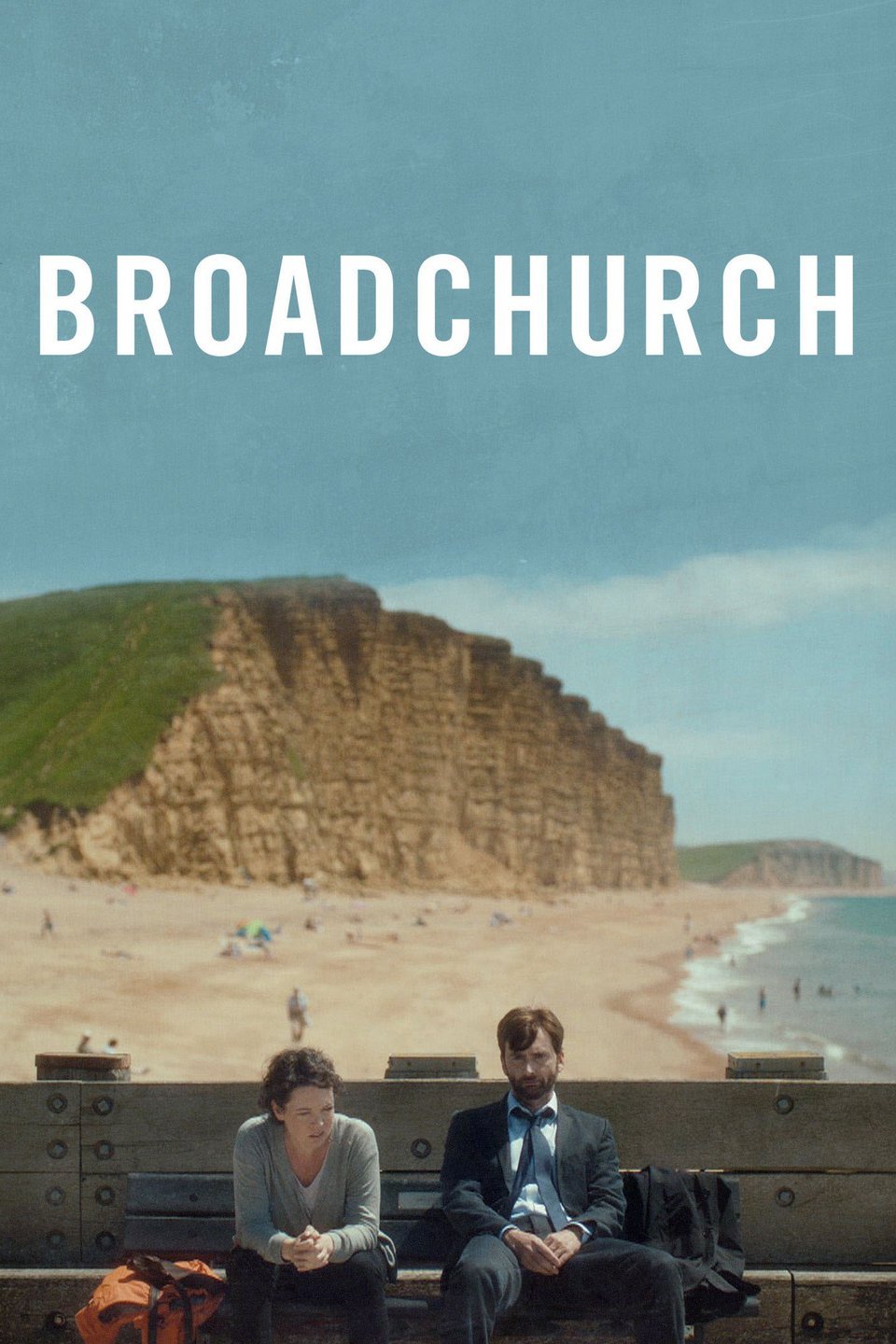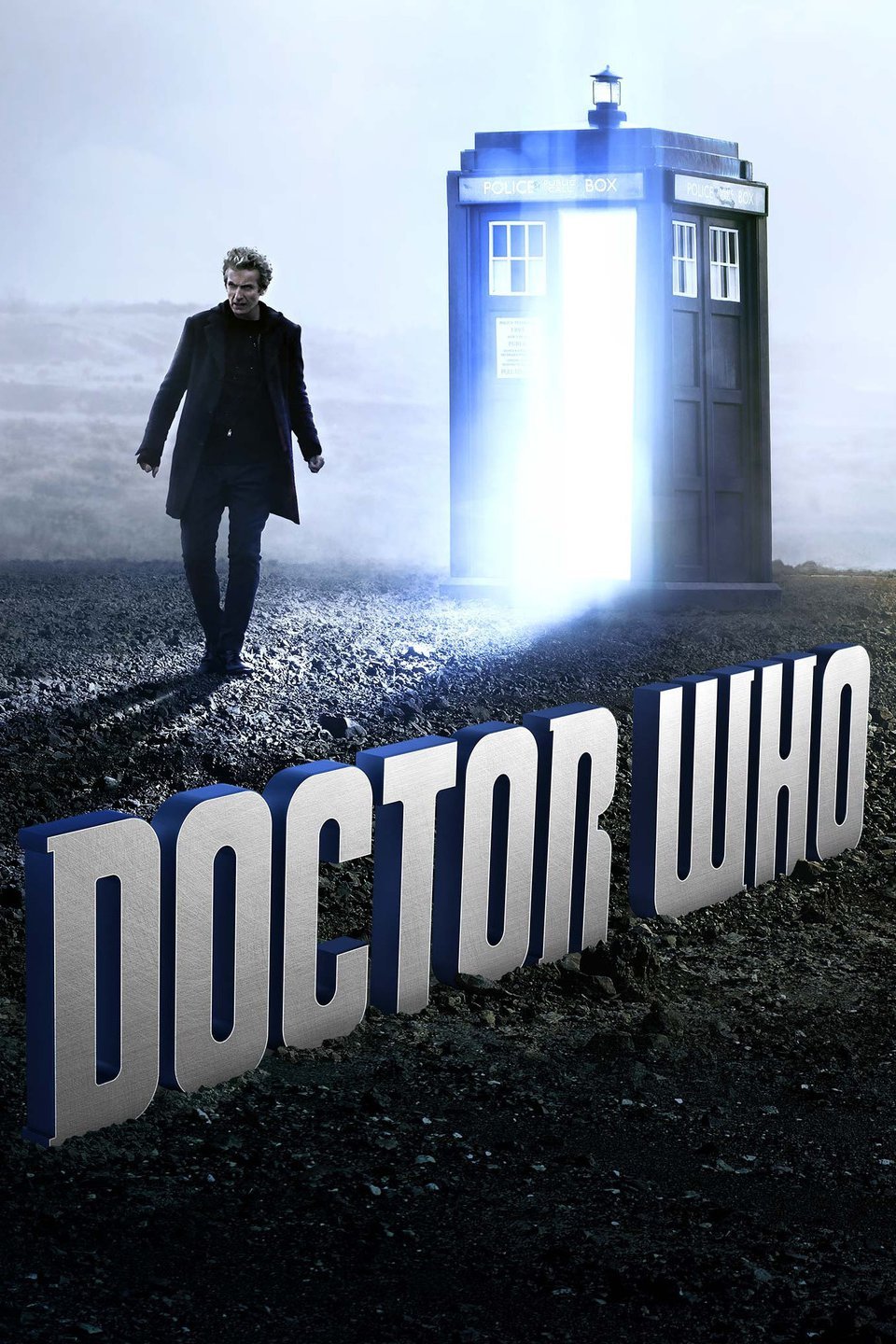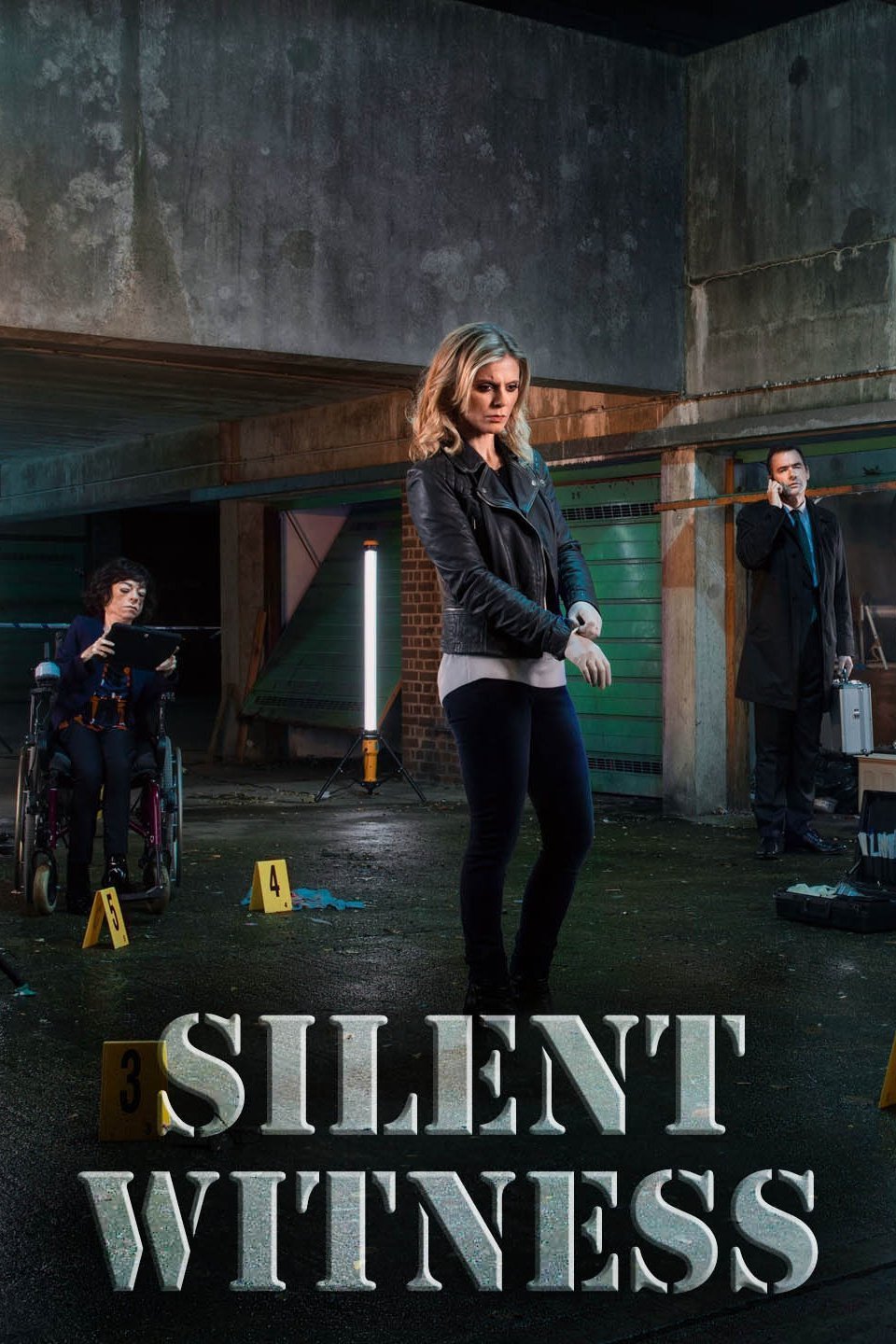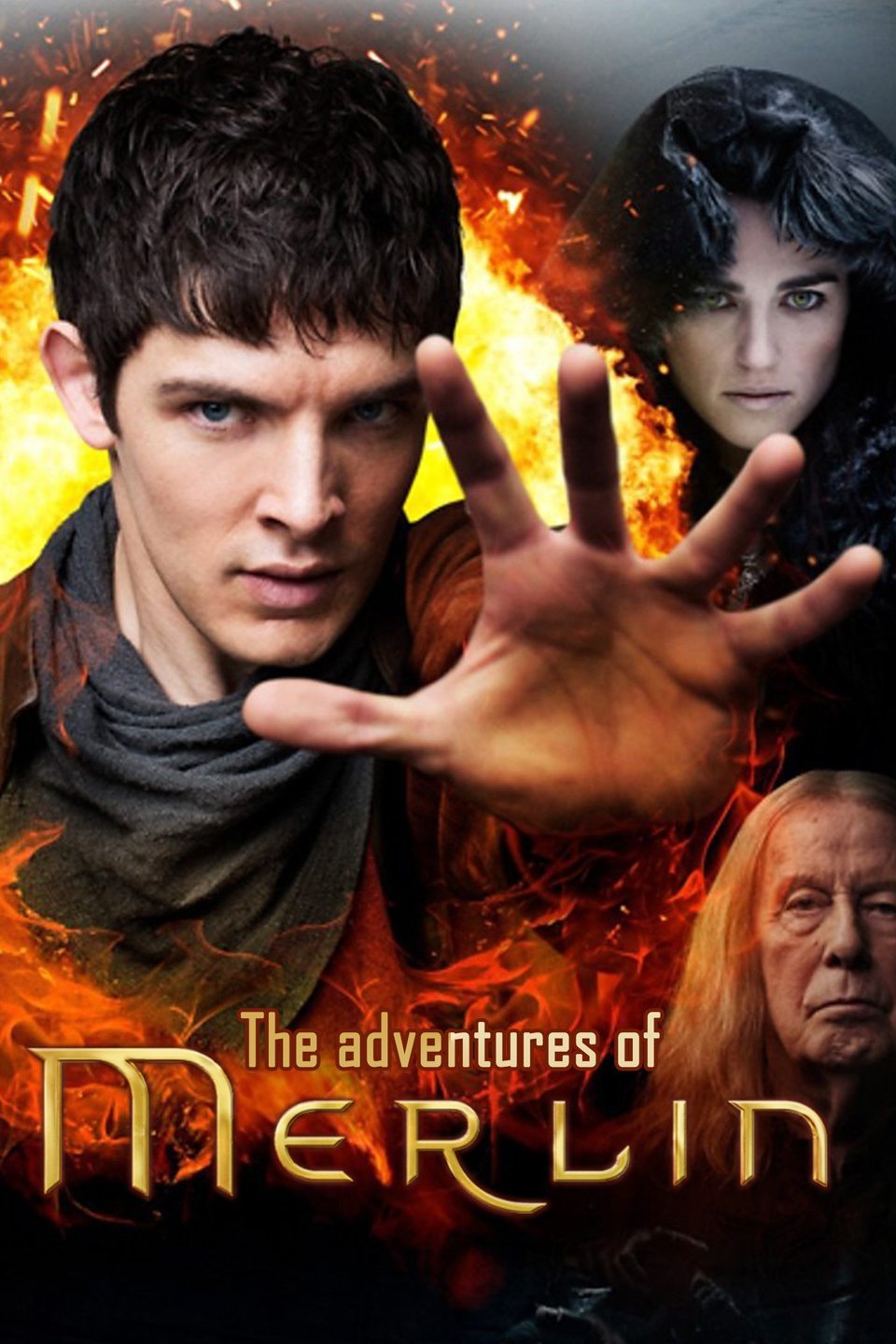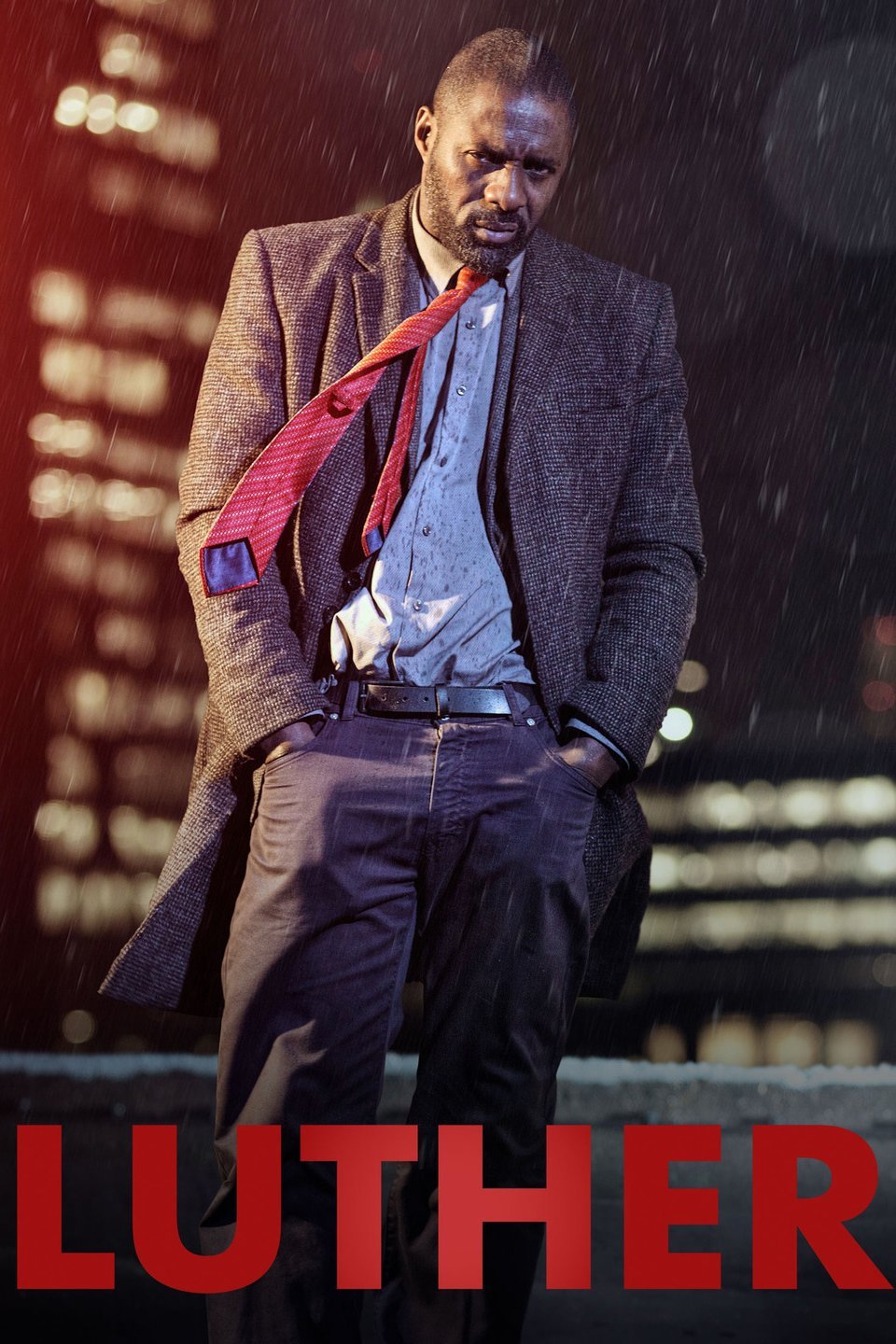1.
Who owns Lucas
film? Walt Disney
2.
Who
formed Lucas film? George Lucas
3.
What year
was Lucas film formed? 1971
4.
Who is
the president of Lucas film? Kathleen Kennedy
5.
What
other major films have they worked on? Indiana Jones, the Pixar story, the
land before time
6.
How much
was Lucas film sold for? $4.05 billion
7.
Who wrote
Star Wars: The Force Awakens? JJ Abrams
8.
Who
directed Star Wars: The Force Awakens? JJ Abrams
9.
What
other major films is the director responsible for? Star trek, mission
impossible
How many Star Wars films have there been so far (list them)?
1977: Episode IV: A New Hope
1980: Episode V: The Empire
Strikes Back
1983: Episode VI: Return Of The
Jedi
1999: Episode I: The Phantom
Menace
2002: Episode II: Attack Of The
Clones
2005: Episode III: Revenge Of The
Sith
2015: Episode VII: The Force
Awakens
10.
How much
money have they all made at the global box office? $2.066 billion
11.
When was
the first Star Wars film released? December 27 1997
12.
What does
ILM stand for? industrial Light
& Magic
13.
What do
ILM do? people send movie scenes to the company for CG effects
14.
Who
created ILM? George Lucas
15.
Why did
they create ILM? George Lucas wanted special effects that know has ever
seen in films before but the 20th century fox special effects department wasn't
operating so Lucas and a small team set up ILM.
16.
What do
casting directors do? these organize and facilitate the casting of actors
for all the roles in a film. This involves working closely with the director
and producer to understand their requirements, and suggesting ideal artists for
each role, as well as arranging and conducting interviews and auditions.
17.
Where
were the first scenes for Star Wars: The Force Awakens filmed? Abu Dhabi
18.
What
format was Star Wars: The Force Awakens shot on? Film
19.
What
types of camera were used to film Star Wars: The Force Awakens? A lot of
the movie was filmed using a film camera not digital
20.
What
studio was used to film a large portion of the film? Pinewood
studios (England)
21.
Where is
the studio? Skellig Michael, County Kerry, Iceland
22.
What
major franchise is famously filmed at this studio? Harry Potter
23.
How does
said franchise link to Star Wars: The Force Awakens?
24.
Who was
the inspiration for the character Maz Kanata? JJ Abrams old school teacher
25.
What
technology was used to create Maz Kanata? CGI
26.
Who
played Maz Kanata & what other roles is she famous for? Lupita Nyong'o,
famous for being the first Mexican and Kenyan actress
27.
Who
played General Snoke? Andy Serkis
28.
What is
he renowned for in the movie business? An actor and director
29.
Where was
the final scene filmed? Ahch - To, lonely island
30.
Who
composed the film score? John Williams was the composer for all of the
movies
31.
How many Star
Wars films have he composed the music for? He has composed for all the
films, which at the moment is 7 films
32.
What
other famous films has he created the music for? Harry Potter, Jaws, Home
Alone
33.
How many
times did John Boyega audition for the film (according to JJ Abrams)? John
Boyega auditioned for the film 9 times
34.
Over what
period of time did these auditions occur? The auditions process lasted 7 months’
long
35.
How many
people operated B-B8? There was 1 person controlling him manually on one
model, then in other remote control models there was 3 people operating the
different parts.
36.
What type
of technology was the main version of B-B8? there was a manual version
which is the main version, then there was another model controlled by a man
with a remote.
37.
What
colour suit did the B-B8 operator wear? Blue
38.
Why did
he have to wear such a suit? As it is like a green screen, they use this
suit so you can’t see the person controlling the droid
39.
What type
of special effects (SFX) were employed on Star Wars: The Force Awakens? CGI
was used a bit but most of it was real props or sets because JJ Abrams wanted
to keep the effects like the original films.
40.
How many
people were behind the monitor watching the scene when Han and Chewie returned
to the Millennium Falcon? 100-200 people were watching because it was such
a monumental moment.
41.
Why was
Simon Pegg thanked in the credits for Star Wars: The Force Awakens? Simon
Pegg helped the film in general by being part of the cast, helping with the
screenplay and for some of the reasons below:
42.
JJ Abrams
shot part of Star Wars: The Force Awakens in IMAX. What is IMAX? IMAX a
technique of widescreen cinematography which produces an image approximately
ten times larger than that from standard 35 mm film. JJ Abrams most likely used
this because it is a most prestige way of filming a film and he thought Star
Wars was the right film to do it on as Star Wars is so popular in western and
now global culture.
43.
How many
IMAX screens was the film available on? Loads
44.
What was
the age rating of the film in the UK? The certificate for the film was a 12
45.
How much
money did the UK government contribute to the production of Star Wars: The
Force Awakens? (Express this figure as a percentage of the total cost and
as a figure in pounds). £31.6 million out of the £235 million which was in
total spent. This is around 7% of the total figure.
46.
How much
was Harrison Ford paid to reprise his role of Han Solo? $20 million
47.
How much
were Daisy Ridley and John Boyega paid? £300,000 each, 76 times less than Harrison
ford



